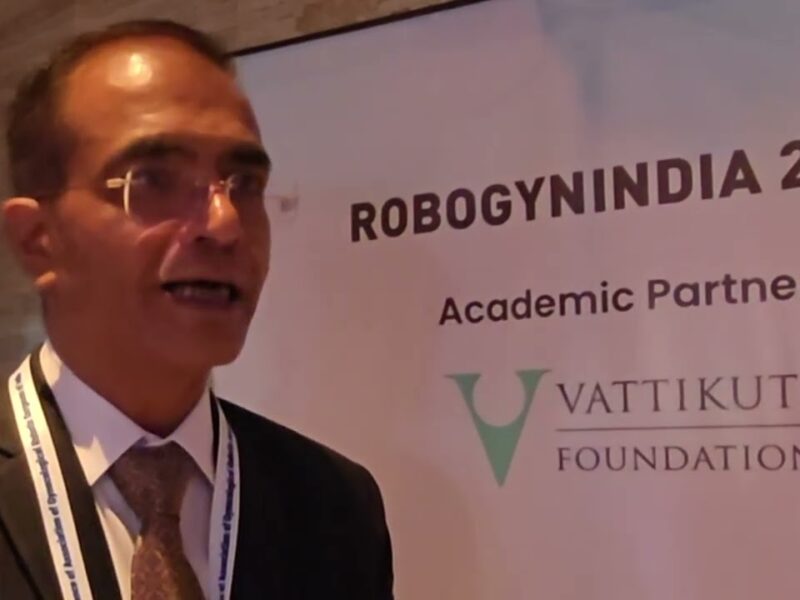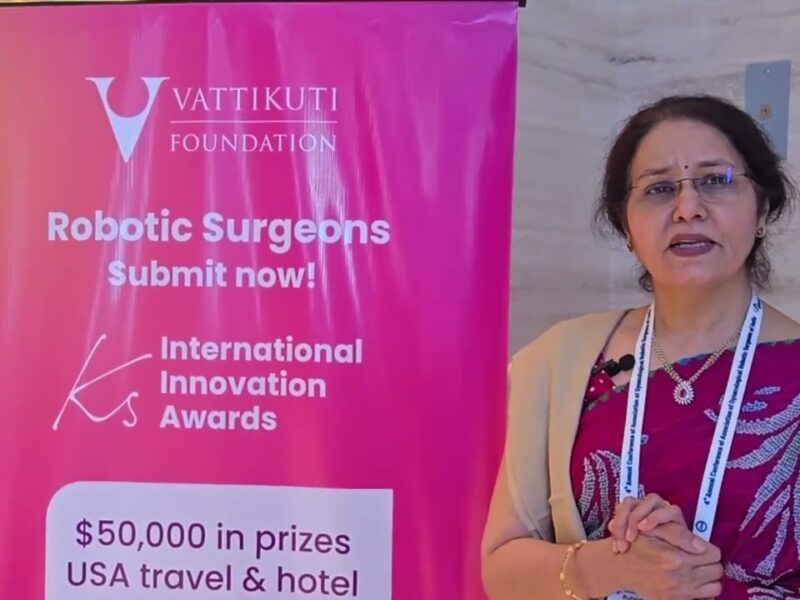1st Place: # 231- Dr. Adeel Khan: Robotic Deceased Donor Liver Transplant
This is the Winner of the 2023 KS International Innovation Awards videos as announced by the Vattikuti Foundation during the Humans at the Cutting Edge of Robotic Surgery Conference, October 6, 7 & 8, 2023 in Ghent, Belgium at the ORSI Academy.
From the entry: ROBOTIC DECEASED DONOR LIVER TRANSPLANT Adeel S Khan, Meranda Scherer, Roheena Panni, Greg Martens, Darren Cullinan, Jason Wellen, William C Chapman, Majella B Doyle Section of Abdominal Transplant Surgery, Department of Surgery Washington University School of Medicine, St Louis, MO. USA
Introduction: This is a video of the first robotic liver transplant (RLT) performed in the United States and the first RLT using a deceased donor in the world.
Case Details: Our transplant recipient is a 68-year old male with end stage liver disease from hepatitus C related cirrhosis and hepatocellular carcinoma (MELD 10). The donor was a deceased (brain dead) 34-year-old female. The entire transplant operation (recipient hepatectomy and implantation) was completed using Da Vinci Xi platorm. Console time for RLT was 8 hours 20 minutes and warm ischemia time was 77 minutes. Anastomosis time was 17 minutes for cava-cavostomy, 23 minutes for portal vein, 30 mins for hepatic artery and 19 minutes for bile duct. Estimated blood loss was 1 liter and 2 units PRBC were transfused intra- operatively. The patient had an uneventful recovery without early allograft] dysfunction (EAD) or any other complications. We have so far attempted two robotic assisted liver transplants successfully. In the first case the hepatectomy was done robotically and liver was implanted through midline incision. In the second case (one being presented) both the hepatectomy and implantation were completed robotically. Both patients had uneventful recovery without early allograft dysfunction (EAD) or other complications. In world literature there are two published reports of robotic liver transplant from living donor from South Korea and verbal reports of successful robotic transplant recently from India. Our case is the first RLT performed in the US and the first RLT to utilize a graft from a deceased donor.
Conclusion: The submitted video highlights the operative steps for RLT. Our early experience suggests that RLT is a safe and viable alternate to open liver transplant in selected patients with end stage liver disease.
See more at: https://vattikutifoundation.com/videos/
Date
August 15, 2020






